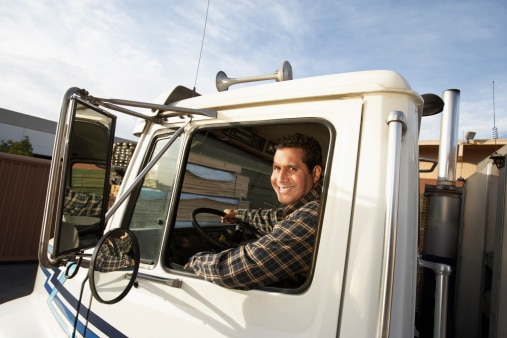 As a truck driver, much of your daily work is done behind the wheel of your truck. However, long hours spent sitting can also be associated with certain health concerns, including back pain, heart disease, and even sleep disorders. The best way to avoid the risks of sitting too much is to maintain your fitness while on the road—keep reading for a few simple tips you can use to enjoy better health, flexibility, and alertness throughout your trucking career.
As a truck driver, much of your daily work is done behind the wheel of your truck. However, long hours spent sitting can also be associated with certain health concerns, including back pain, heart disease, and even sleep disorders. The best way to avoid the risks of sitting too much is to maintain your fitness while on the road—keep reading for a few simple tips you can use to enjoy better health, flexibility, and alertness throughout your trucking career.
Go for Walks
Studies have shown that the best way to negate hours of sitting is to break up that time with periodic activity. Take a five-minute walk as often as possible, such as when you stop for food or gas. You don’t need a destination—simply stroll around the parking lot or take a moment to inspect your truck and trailer before getting back on the road. Getting up to take several short walks throughout the day is the best way to restore blood flow and improve muscle and brain activity after sitting, which offers benefits during the current day as you drive, and well into the future.
Tone Your Muscles
Even if you’ll be spending multiple days on the road, you can take some time to tone your muscles every night when you stop to sleep. There are a variety of simple exercises you can perform to improve muscular strength, either inside the cab of your truck or just outside the door. Taking a few minutes out of your day to complete pushups, lunges, jumping jacks, and chest presses will not only help to tone your muscles, it will improve bone density and circulation, and even help to promote deeper, more restful sleep each night.
Are you ready to enjoy a healthy and successful trucking career in Arizona? At Yuma Truck Driving School, our CDL training programs will help you prepare to enter the workforce as a competent and confident trucker. You can find out more about us when you visit our website, or by calling (888) 647-3239.











